Research Methods
The Abbott-Lyon Laboratory (ALL) has closed down to make space for new faculty to pursue their research interests. Thank you to all who participated and supported us over the years!
Ultrahigh Vacuum Chambers
The ALL had two ultrahigh vacuum chambers that we used to investigate gas-solid reactions as well as an apparatus to investigate liquid-solid reactions. Undergraduate research assistants helped design and build these custom instruments. Our primary method of analysis within these systems was infrared reflection-absorption spectroscopy (IRRAS), which provides information about structural changes occurring on the surface during chemical reactions. We also had a quadrupole mass spectrometer to perform temperature programmed desorption (TPD) measurements, a tunable electron gun and ultraviolet pen lamp for non-thermal radiation experiments, and a variety of dosers for depositing molecules of interest on the surface (i.e., a variable leak valve, effusive molecular beam and Knudsen cell). In all three systems, cryogenic cooling with liquid N2 and resistive heating were used to control the sample temperature.
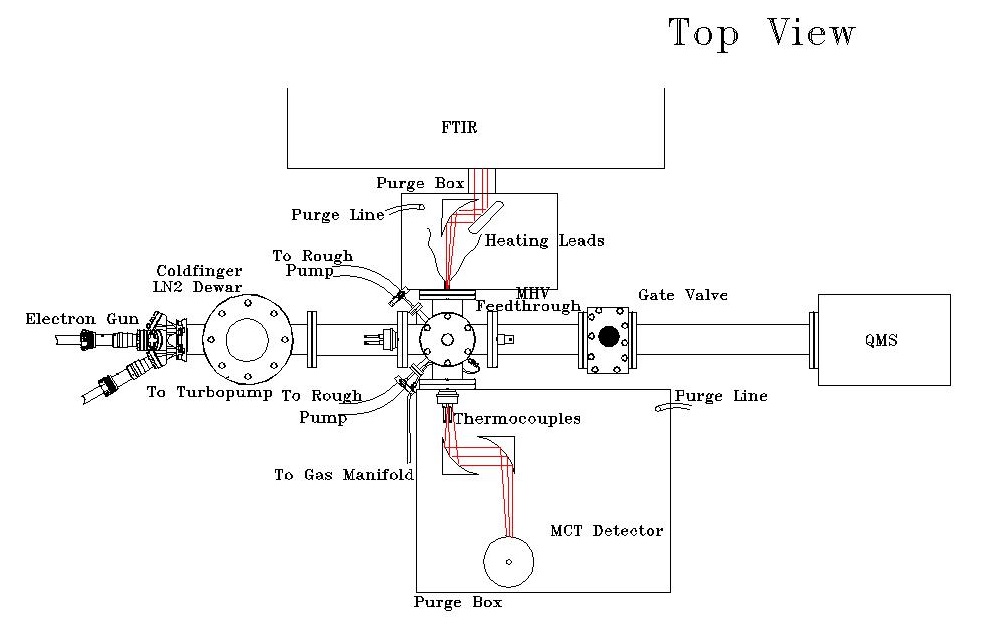
Figure 1. The Radiation-Induced Surface Chemistry Chamber (RISCC) was designed and built by the ALL. It was especially useful for understanding how non-thermal radiation (e.g., low energy electrons and ultraviolet photons) induce chemistry at low temperature. Image credit: Danna Qasim.
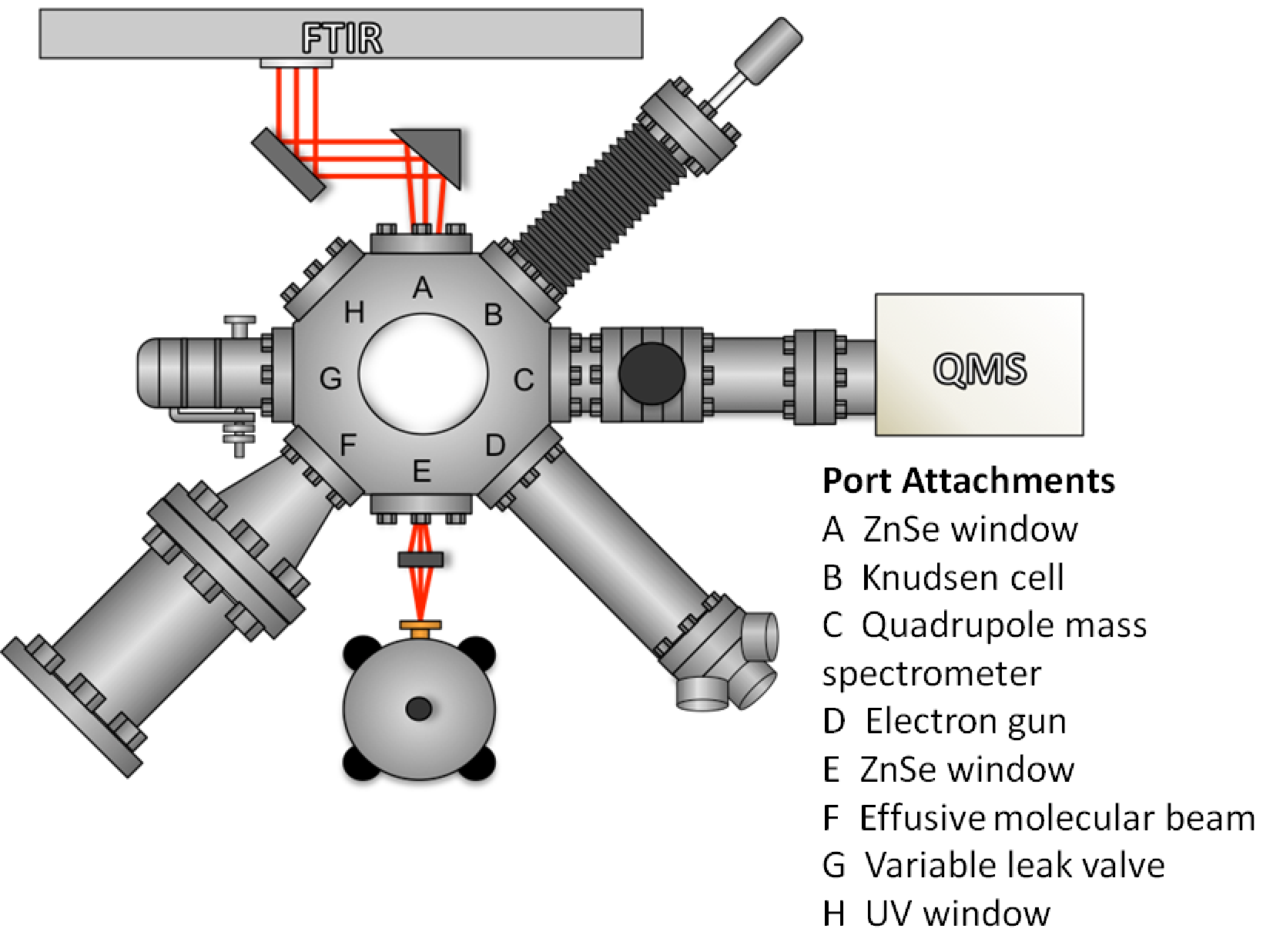
Figure 2. The Thermally-Activated Surface Chemistry Chamber (TASCC) was designed and built by the ALL. It was primarily used to investigate how temperature-induced chemistry occurs on surfaces. Image credit: John Allred.
Students in the ALL learned to work with a wide range of instrumentation. This included the vacuum equipment pictured above, which is similar to that used in the photovoltaic and semiconductor industries. Students were encouraged to participate in designing and building new components for our experiments. We used LibreCAD, a free computer assisted design program, to sketch new parts. These were usually made “in-house” using drill presses, lathes, band saws, 3D printers, etc. that are available through KSU's Department of Engineering Technology Machine Shop. More complicated projects were outsourced to the Instrument Design and Fabrication Shop at UGA.
Surface Science Methods
In order to explore surface chemistry, we used surface-specific infrared spectroscopy and mass spectrometry methods.
-
Infrared Reflection-Absorption Spectroscopy (IRRAS or RAIRS)
Infrared reflection-absorption spectroscopy or IRRAS is a method of vibrational spectroscopy in which infrared light is reflected at a grazing incidence angle from a conductive surface (e.g., a metal). This method is also commonly referred to as reflection-absorption infrared spectroscopy or RAIRS.

Figure 3. Schematic depiction of IRRAS or RAIRS showing the grazing incidence angle of reflected light from a conductive surface.
In order for any mode to be infrared active, the vibrational motion must induce a dipole moment within the molecule. This constraint is the gross selection rule for infrared spectroscopy.
For molecules bound to a conductive surface, there is an additional selection rule. The dipole moment induced by the infrared light must be perpendicular to the plane of the surface. This is because an image dipole will form within the surface. If the dipole moment created by the vibration is perpendicular to the plane of the surface (A), the image dipole will point in the same direction as the induced dipole. This will increase the intensity of the reflected light. However, if the dipole moment is parallel to the plane of the surface, the image dipole will be equal in magnitude but opposite in direction to the induced dipole and the two vectors will cancel (C), resulting in no net dipole moment and no observable frequency. If the induced dipole is at some intermediate angle, only the perpendicular portion of the dipole moment will contribute to the observed signal (B).

Figure 4. Schematic depiction of image dipole theory. Black vectors indicate the dipole moment of the molecule; white vector indicate the image dipole created within a conductive substrate; red vectors indicate the vector sum of the black and white arrows.
-
Polarization-Modulation Infrared Reflection-Absorption Spectroscopy (PM-IRRAS)
Polarization-Modulation Infrared Reflection-Absorption Spectroscopy or PM-IRRAS takes advantage of an additional surface selection rule to probe functional groups at the interface between solids and liquids or solids and high-pressure gasses. First, there are two polarizations of light: p-polarized (from the German "parallel") and s-polarized (from the German "senkrecht", which means perpendicular). Only the p-polarized component of light interacts constructively with a conductive surface, resulting in a reflected signal. The s-polarized component of light undergoes a phase change of approximately 180o when it reflects from a conductive surface, thus interacting destructively. In contrast, both the s- and p-polarized components of light interact with liquids and gases. In PM-IRRAS experiments, infrared light is filtered such that only one polarization (either s or p) impinges on the surface at a given time. The ratio of the signal from the s-polarized versus p-polarized light is used to identify species that are chemically bound at the interface.
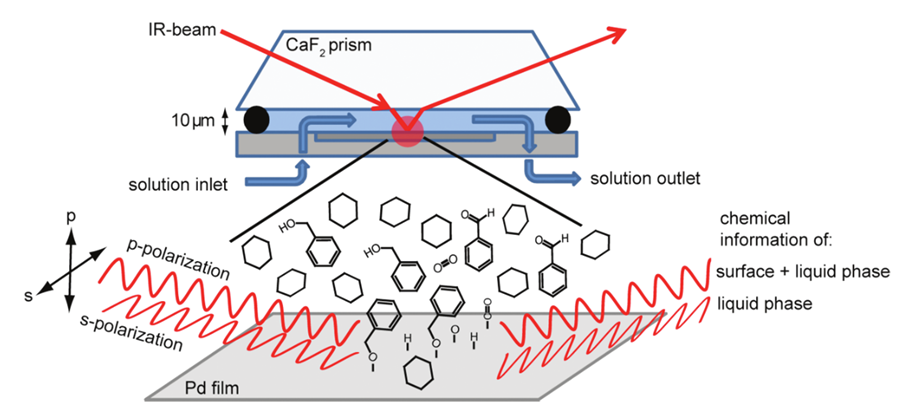
Figure 5. Schematic depiction of the PM-IRRAS technique. Image credit: D.M. Meier, A. Urakawa, and A. Baiker "In Situ PM-IRRAS Study of Liquid-Phase Benzyl Alcohol Oxidation on Palladium" J. Phys. Chem. C 113, 21849–21855.
In the ALL, a liquid-solid cell has been constructed for performing PM-IRRAS measurements.
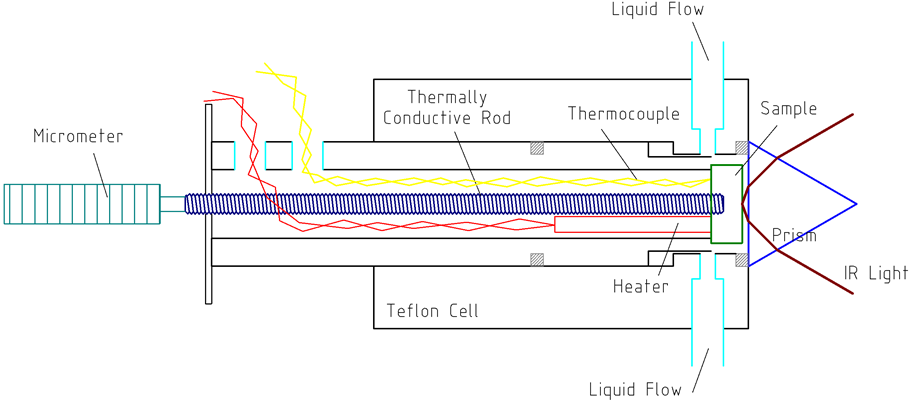
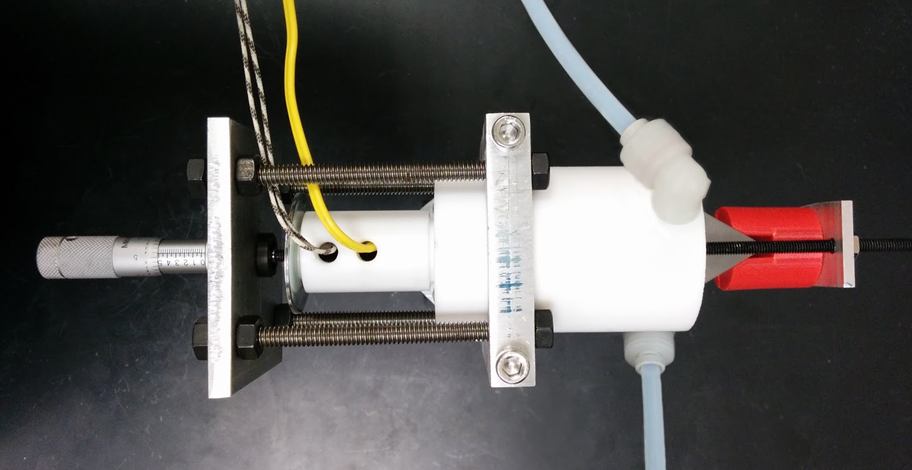
Figure 6. Schematic depiction (left) and photograph (right) of the liquid-solid cell built for PM-IRRAS experiments in the ALL.
-
Temperature Programmed Desorption (TPD)Temperature programmed desorption or TPD uses a quadrupole mass spectrometer (QMS) to measure the mass of species desorbing from a solid surface as the sample temperature is raised at a constant rate. The desorption temperature is related to the enthalpy of desorption, and the shape of the TPD curve can be related to the desorption kinetics. This technique is also commonly referred to as thermal desorption spectroscopy or TDS.
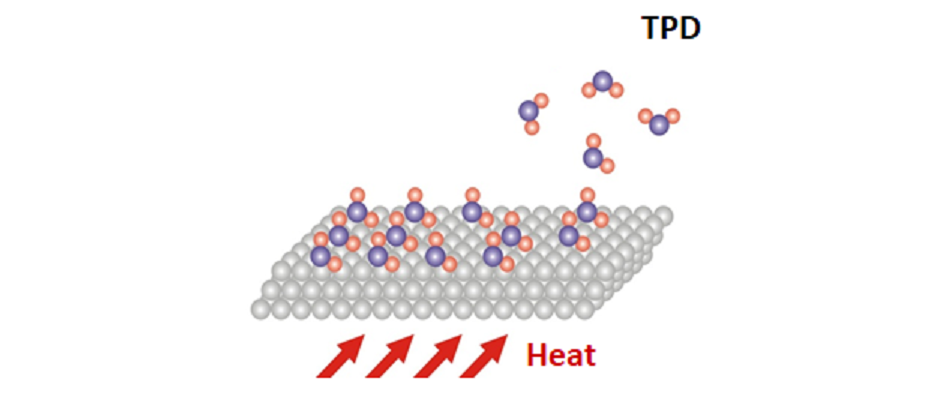 Figure 7. Schematic of temperature programmed desorption technique, in which heat is applied
to a surface and the desorbing species are detected using a mass spectrometer.
Figure 7. Schematic of temperature programmed desorption technique, in which heat is applied
to a surface and the desorbing species are detected using a mass spectrometer.This technique can sometimes to be used to measure reactions occurring on a surface, which is a subset of TPD referred to as temperature programmed reaction or TPR. If an ion measured in the QMS is observed at a higher temperature than the sublimation temperature of the corresponding molecule, then the species was formed by a reaction on the surface. For example, let’s say a peak corresponding to water (i.e., 18 amu) is observed at 350 K. Since the sublimation temperature of water is approximately 155 K at a pressure of 1 x 10-9 torr, this peak must result from a reaction in which water was formed on the surface (e.g., by the recombination of hydroxyls).
TPD/TPR is more powerful when paired with temperature-dependent IRRAS experiments. In this case, the sample is heated to a specific temperature and then allowed to cool to the baseline temperature before acquiring a spectrum. Differences in the infrared spectrum are compared with losses in mass to help identify species that were bound to the surface but have desorbed. For example, perhaps a few peaks corresponding to symmetric and asymmetric C-H stretches disappear from the IRRAS spectrum when a platinum surface is heated to 450 K. In the corresponding TPD spectrum, there is an increase in mass 15 and 16 amu at 450 K. This suggests that methane (or maybe just a methyl group) is being lost as part of a reaction at that temperature. This could be confirmed using isotopic labelling experiments.
Other Analytic Techniques
We also have access to a suite of analytical chemistry instrumentation availble through the Department of Chemistry and Biochemistry including thermogravimetric analysis (TGA), differential scanning calorimetry (DSC), x-ray diffraction (XRD), Raman spectroscopy, and nuclear magnetic resonance spectroscopy (300 and 400 mHz NMRs).









